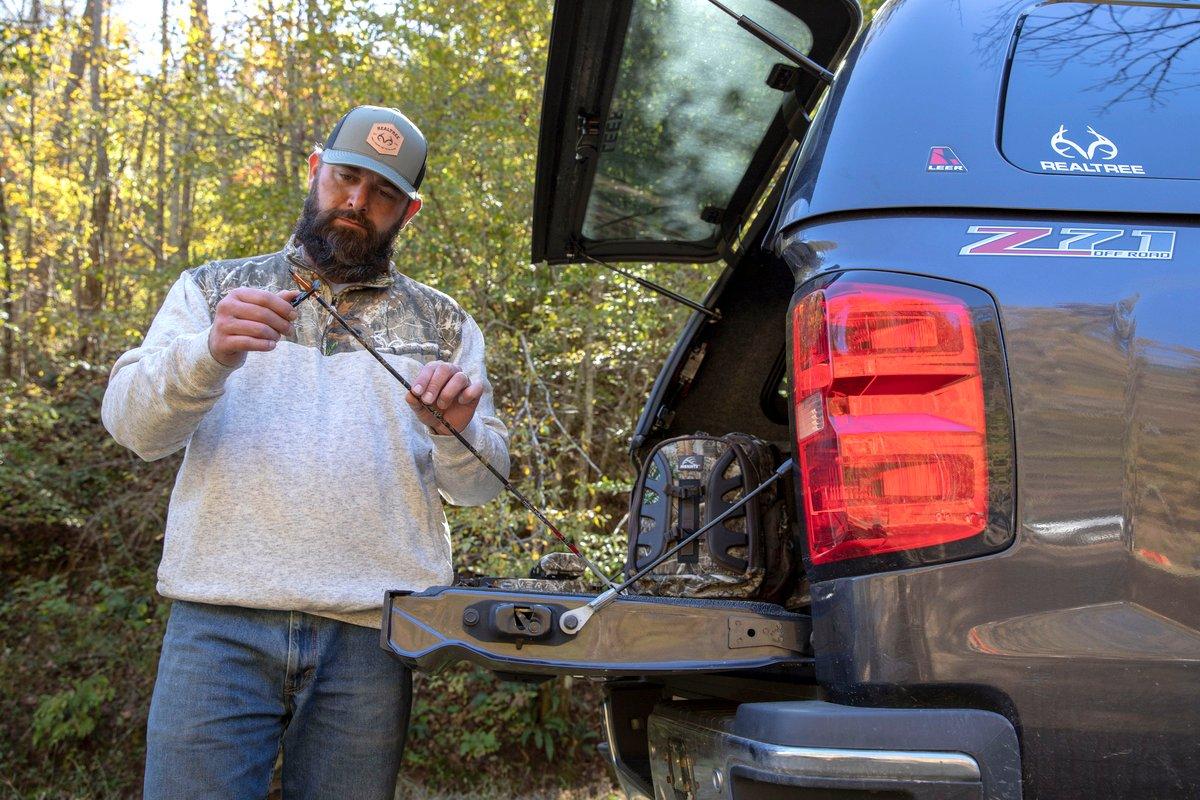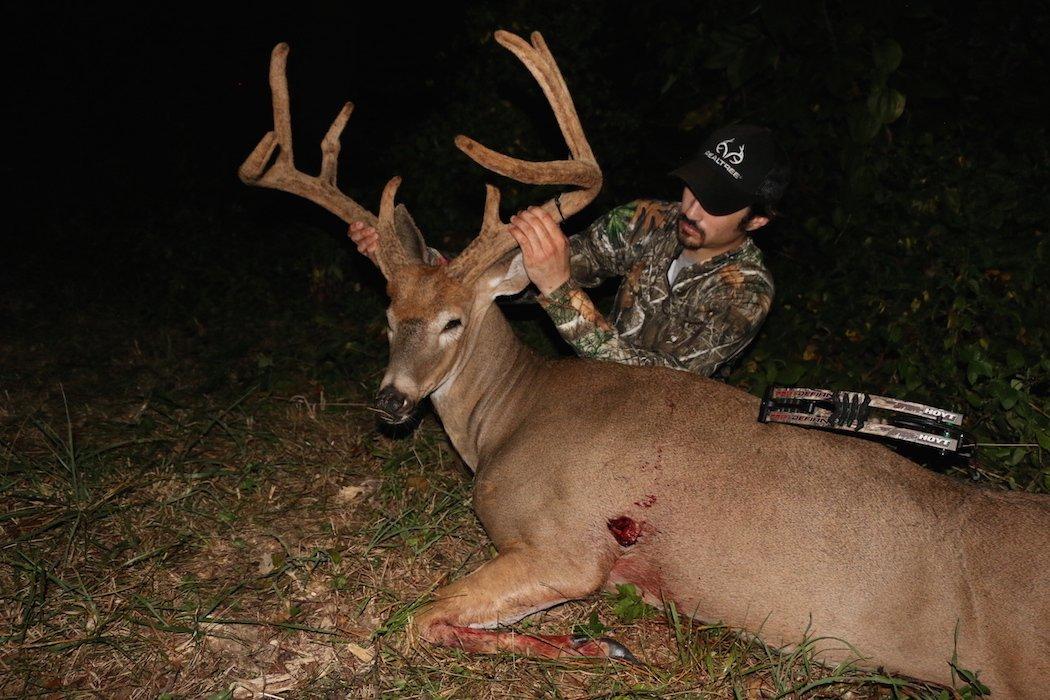Don't work yourself — or your odds for this fall — to death
Deer hunters can become almost hysterical as deer season nears. It's much like swarming shivers of sharks. The smell of blood creates a frenzy. Seas of bucks-in-velvet trail camera photos do the same.
All of this is like a race to a finish line that doesn't exist. And if it does, all the damage done between the starter pistol shot and the ribbon-breaking make it a moot point.
I say you're more likely to shoot a big buck if you're lazy this summer.
In a recent post, we discussed a very good tactic for those just learning a new property — the bump scout. It's effective regardless of the time of year. And the research shows that one intrusive trip afield (the bump scout) shouldn't have major effects on deer.
But people abuse their scouting trips. They take it too far. Repeated trips afield can, and will, have negative effects. At that point, fatalistic beliefs about pressure come true.
In-the-field preparation has a time and a place. That time is the early offseason for those who hunt the same property(ies) each year. Not the end of the pre-season. Summertime or in-season bump scouting (and extensive prep work) should be reserved for those who've just secured permission or access to a new property for the first time. In that instance, it's worth the price you'll potentially pay to do it.

Not according to recent research reported by the Quality Deer Management Association (QDMA), which says mature bucks respond quickly to repeated hunting pressure. The interesting point — it also applies to non-hunting trips afield. Whitetails can't reason. They don't know the difference between a hunter who's hanging summertime trail cameras and a hunter who's trying to kill them. It's all the same to them. Their reactions to the intrusive stimuli are identical, too — flight.
Findings in this study revealed pre-season daylight activity differed greatly from daylight activity shortly after opening day. The sudden influx of hunters caused bucks to move shorter distances from their bedding areas during daylight hours. Furthermore, the bedding areas they chose were deeper in cover once pressure ramped up.
This is no shocker. What is revealing is that extensive summertime field work produces similar results. In extreme cases, deer simply uproot and relocate to nearby properties.
Hanging stands. Clearing shooting lanes. Building shooting houses. Setting blinds. Creating entry and exit routes. Extensive land improvements. Planting scrape trees. Creating mock scrapes. Scouring bedding areas. Finding rut sign. All of these things should be done. But they shouldn't be done in the two months prior to opening day.
Instead, let everyone else around you do that. Let them push their mature deer onto your land. But that won't happen unless you're lazy the rest of the summer.
The good news? Hunters who can't resist the urge to do something can still complete nonobtrusive tasks this summer. So, you don't have to be totally sedentary. Just a little.
You can still:
- Check trail cameras from trucks, bicycles or ATVs (on the fringes of cover)
- Glass fields from afar
- Plant fall food plots
- Prep gear for fall
- Analyze trail camera data from previous seasons
- Study maps and how deer have used properties in the past
- Create game plans for each target buck you might hunt this fall
Looking back, my most successful years were the ones when I worked the hardest during the post-season. The deer hunter who's most prepared is still generally the most successful. That should be you this year, and if it is, congratulations. You can be lazy until fall.
Don't Miss: Bump Scouting Deer
Check out more stories, videos and educational how-to's on deer hunting.









